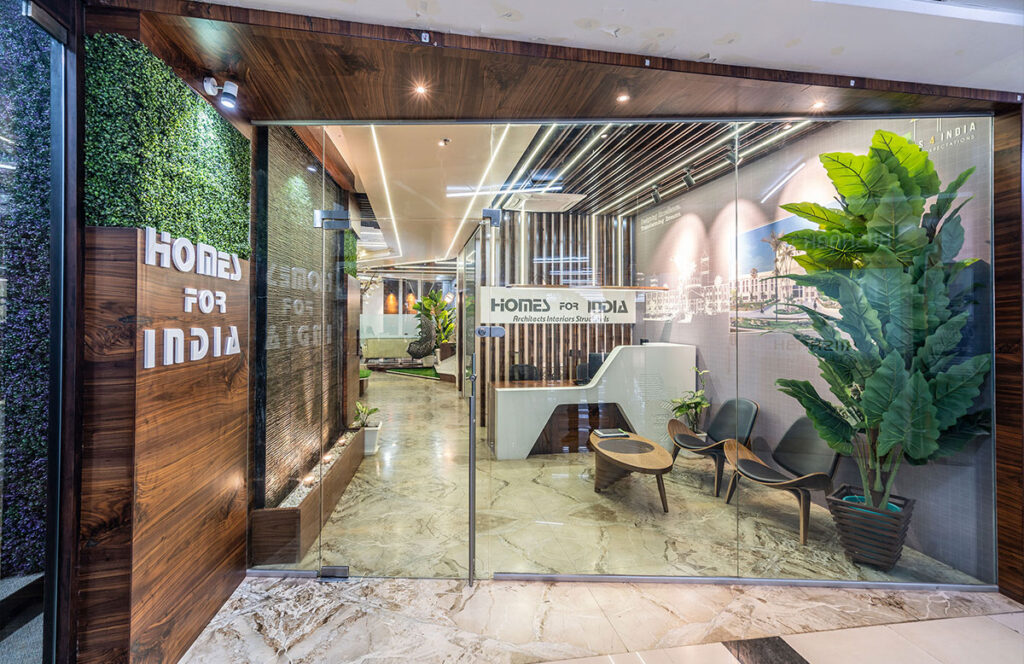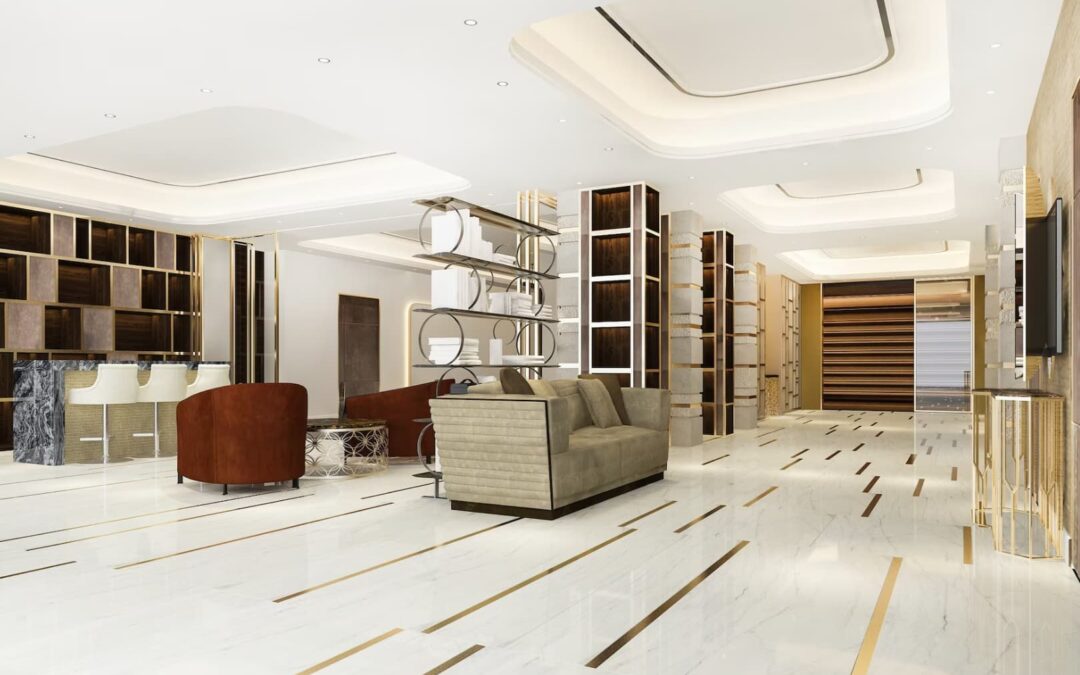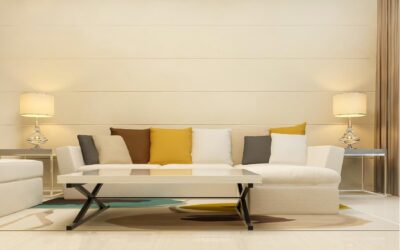Navigating Your Flooring Choices: An In-Depth Analysis of Ceramic vs Vitrified Tiles
The significance of flooring in the aesthetics and functionality of a space can never be overstated. As such, making the right choice is imperative. Among the plethora of options available, ceramic and vitrified tiles stand out due to their versatility, durability, and visual appeal. At Homes4India, we understand the importance of informed decision-making, and hence, bring you a detailed comparison of ceramic and vitrified tiles to guide your choice.
Introduction: The Impact of Flooring Choices in Interior Design

Flooring forms the foundation of a space’s aesthetic and functional character, influencing how it’s perceived and experienced. The material you choose sets the stage for the rest of your decor, creating a seamless connection between various elements. Ceramic and vitrified tiles, with their broad range of design possibilities and practical advantages, are popular choices for both residential and commercial spaces.
1: Understanding Ceramic Tiles: Composition and Features

Ceramic tiles, fashioned from clay and minerals, are celebrated for their natural charm and long-lasting durability. These tiles are typically coated with a glaze, enhancing their resistance to moisture and stains. Ceramic tiles, available in a multitude of colors and patterns, provide opportunities for creativity in interior design.
2: The Realm of Vitrified Tiles: Composition and Features

Vitrified tiles are created by fusing clay with silica, quartz, and feldspar under high temperatures. The vitrification process yields tiles that boast low porosity, high durability, and a glossy finish that imitates polished granite or marble. This blend of practicality and luxury makes vitrified tiles a compelling choice.
3: Comparing Durability and Maintenance: Ceramic vs Vitrified Tiles
In the realm of durability, both ceramic and vitrified tiles have their strengths. Ceramic tiles, with their dense body and glazed surface, resist wear and tear effectively. Vitrified tiles, due to their low porosity, are remarkably resistant to scratches and stains. In terms of maintenance, both options demand only minimal upkeep.

4: Design Flexibility: Exploring the Aesthetic Scope of Ceramic and Vitrified Tiles

The aesthetic versatility of both ceramic and vitrified tiles is noteworthy. Ceramic tiles offer a more traditional and earthy appeal, suitable for rustic or vintage-inspired spaces. On the other hand, vitrified tiles lend a polished, upscale vibe, enhancing the elegance of contemporary settings.
5: Cost Analysis: Assessing the Value Proposition of Ceramic and Vitrified Tiles

While both ceramic and vitrified tiles offer substantial value, they cater to different budgetary requirements. Ceramic tiles, being more cost-effective, are ideal for budget-conscious projects. Vitrified tiles, although higher in cost, offer unmatched elegance and longevity, making them worth the investment.
6: Environmental Considerations: Evaluating the Eco-Impact of Ceramic and Vitrified Tiles

The environmental impact of your flooring choice is an important consideration. Ceramic tiles, being made of natural materials, have a lower carbon footprint. Vitrified tiles, despite their synthetic composition, are long-lasting, reducing the need for frequent replacements.
7: Installation and Lifespan: A Comparative Look at Ceramic and Vitrified Tiles

The installation process for both ceramic and vitrified tiles is straightforward, though vitrified tiles require a more precise application due to their glossy surface. Both options, if installed correctly and maintained well, promise a considerable lifespan, offering excellent value over time.
Conclusion: Making Your Choice Between Ceramic and Vitrified Tiles

The decision between ceramic and vitrified tiles is influenced by various factors, including aesthetics, budget, and maintenance considerations. Both options have their distinct advantages, and the choice ultimately depends on your specific requirements and preferences.
FAQs on Ceramic and Vitrified Tiles
- What are ceramic tiles?
Ceramic tiles are made from clay and minerals and are known for their durability and natural charm. - What are vitrified tiles?
Vitrified tiles are created by vitrifying a mix of clay, silica, quartz, and feldspar. They are admired for their glossy finish and durability. - Which is more durable: ceramic or vitrified tiles?
Both ceramic and vitrified tiles are highly durable, but vitrified tiles have superior scratch and stain resistance due to their low porosity. - Which offers more design flexibility?
Both ceramic and vitrified tiles offer design flexibility. Ceramic tiles provide a traditional appeal, while vitrified tiles lend a polished, modern look. - Which is more environmentally friendly?
Ceramic tiles, made from natural materials, have a lower environmental impact. However, the long lifespan of vitrified tiles also contributes positively to their environmental score.
Why Choose Homes4India for Interior Designs

Choosing the right flooring material is just one aspect of creating an ideal space. At Homes4India, we understand that exceptional interior design is about striking the perfect balance between aesthetics, functionality, and personal taste.
Our team, with its in-depth knowledge and keen eye for detail, is committed to turning your vision into reality. We work closely with you to understand your preferences, providing guidance and expertise every step of the way.
Let us accompany you on your journey to create interiors that resonate with your unique style. Contact us today to kickstart your dream project.
More Blogs on Interior Designs
Sunmica Revealed: A Comprehensive Guide to Sunmica Sheets and Their Role in Modern Interior Design
Solid Wood versus Engineered Wood: Unravel the Best Choice with Homes4India
All pic courtesy: freepik.com & pinterest.com




